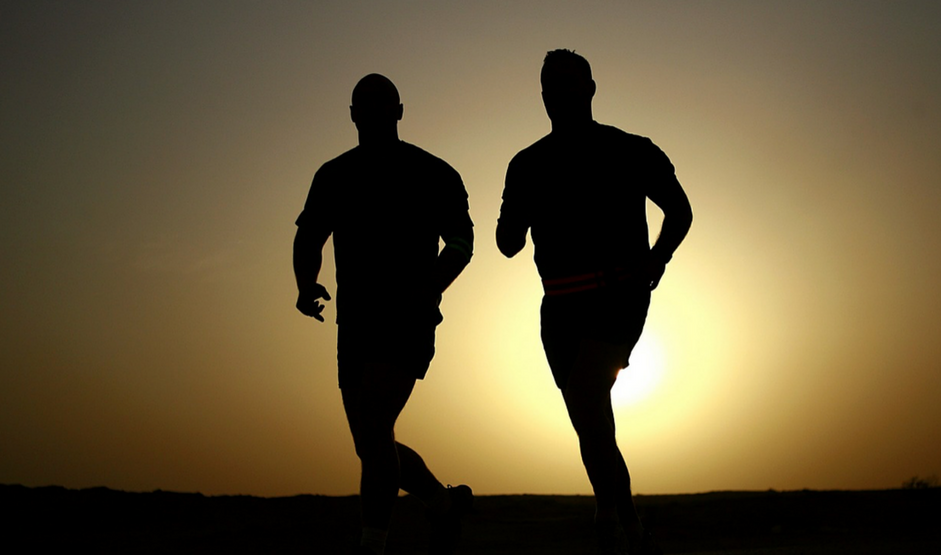What activities can I do after hip replacement surgery?

Pain in your hip can limit your movement and the activities you can participate in comfortably.
Hip replacement surgery can get you back to living the lifestyle you desire, pain-free. In fact, most people who have had a hip replacement are able to return to a normal, active lifestyle following surgery.
Following recovery and with the absence of pain and stiffness caused by arthritis, you’ll find a new lease of life and will be able to get back into doing the things you love.
Exercise and sport
Physical activity is not only great for your health, but also helps to increase bone quality and therefore the fixation of your prosthetic hip. Activities such as walking, swimming, golf, cycling, gardening, dancing and most activities at the gym (excluding leg presses, squats and stair machines) are ok.
Avoid any activity that puts strenuous pressure and stress on your hip joint, such as basketball and running, as these can cause wear to the joint.
Work
Most people can return to office-based or sedentary jobs after six to eight weeks. If you have a more physically demanding job, such as nurses or construction workers, you will need to wait for around three months before returning.
Sex
Many people report an improved sex life after surgery, however it’s important to use positions that don’t put too much pressure on your hip, such as missionary, standing or sitting.
Driving
You should avoid driving until you feel it is safe to do so. Your surgeon will advise you to wait six weeks before getting behind the wheel again.
Air travel
You should avoid any holidays or trips involving airplanes for at least six weeks after surgery. When you do travel, don’t be alarmed if your joint replacement activates metal detection devices, as some prosthetics contain metal.
The most important steps to take to aid your recovery and get you back to doing the things you love are:
- Look after yourself;
- Continue the exercises prescribed to you by your physiotherapist at home, such as thigh squeezes, ankle circles, heel and leg slides and sitting kicks; and
- Start walking more as soon as it is comfortable to.
As one of the top Orthopaedic Surgeons in Newcastle and the Hunter, we’ve helped many patients live pain-free and get moving again through hip replacement surgery.
If you would like more information on hip replacement surgeries, click here for our free specialist guide or contact us today.
1 Sep 2017
Published by Stuart MacKenzie